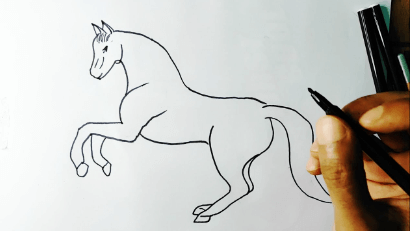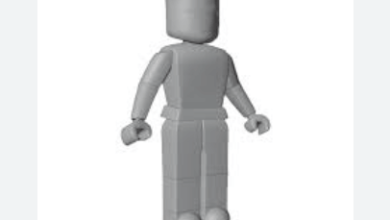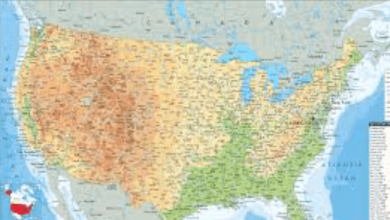Drawing:Ljd413jlg70= Horse

Welcome to the world of Drawing:Ljd413jlg70= Horse, where creativity knows no bounds. In this guide, we delve into the art of capturing the grace and power of horses on paper. From selecting the right tools to mastering proportions and detailing, this tutorial will equip you with the skills needed to bring these majestic creatures to life through your artwork.
Understanding horse anatomy and adding realism through shading are just a few of the techniques covered here. So, whether you are a seasoned artist looking to enhance your skills or a beginner eager to explore the world of equine art, this guide offers a comprehensive approach to drawing horses with freedom and precision.
Choosing the Right Materials
Selecting the appropriate materials is crucial for achieving optimal results in Drawing:Ljd413jlg70= Horse. When picking pencils, consider graphite types like H for lighter strokes and B for darker ones.
Opt for smooth, heavy paper to prevent smudging and allow for intricate details.
The right tools, such as a variety of pencils and high-quality paper, are essential for artists seeking freedom in their creative expression.
see also: Sasuke:Xxtr_Kn9ifu= Naruto
Understanding Horse Anatomy
To accurately portray a horse in Drawing:Ljd413jlg70= Horse, a thorough understanding of its anatomy is essential.
Horse movement is dictated by its muscle structure, which plays a crucial role in capturing the grace and power of these majestic creatures.
Understanding the placement and function of muscles allows artists to convey the dynamic energy and fluidity of a horse’s motion, resulting in more lifelike and engaging artwork.
Mastering Proportions and Details
Transitioning from understanding horse anatomy, mastering proportions, and details in drawing is crucial for achieving accurate representations of these magnificent animals.
Practice sessions are essential for honing the ability to capture the correct proportions of a horse’s body, head, and limbs.
Utilizing reference images can aid in perfecting intricate details such as muscle definition, facial features, and the flow of the horse’s mane and tail.
Adding Realism With Shading
- Achieving realistic depictions of a horse through shading requires a meticulous understanding of light and shadow interplay.
Utilizing blending techniques to smoothly transition between light and dark areas can enhance the three-dimensional effect.
Identifying the light source is crucial in determining where highlights and shadows fall, bringing depth and realism to the drawing.
Mastering these shading techniques allows artists the freedom to breathe life into their artwork.
Conclusion
In conclusion, mastering the art of drawing a horse requires the right materials, understanding anatomy, and mastering proportions and details.
By adding realism through shading, you can bring your horse drawing to life.
Just like a skilled equestrian, practice and dedication are key to achieving a masterpiece that captures the grace and beauty of these magnificent creatures.
Keep trotting along the path of artistic growth, and soon you will gallop towards success in your drawings.



